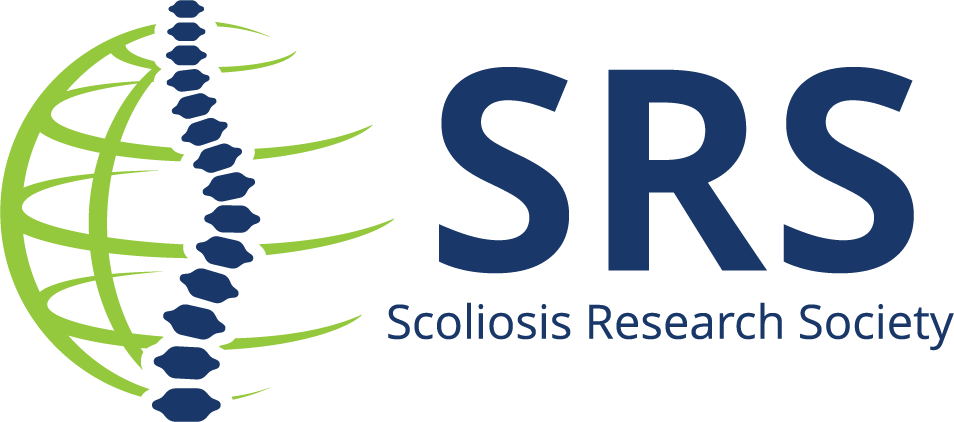Scheuremann's Kyphosis
Scheuremann's kyphosis is a structural kyphosis that typically develops during adolescence, causing the kyphotic spine to become rigid, and sometimes progresses into adulthood. In the spines of these patients, the front sections of the vertebrae grow more slowly than the back sections. Instead of normal and rectangular with ideal alignment, the vertebrae are wedge-shaped and cause misalignment. The abnormal kyphosis is best viewed from the side in the forward-bending position where a sharp, angular abnormal kyphosis is clearly visible.
Symptoms & Imaging Evaluation
- Symptoms include poor posture and back pain.
- Standing x-rays are usually the best way to evaluate and monitor Scheuremann's kyphosis.
Treatment Options
Nonoperative treatment
- Non-steroidal anti-inflammatory drugs (NSAIDS) like ibuprofen or acetaminophen
- Physical therapy & exercise to strengthen muscles and ultimately help alleviate pain
Spinal Fusion
If kyphosis has become severe (greater than 80 - 90°) and causes frequent back pain, surgical treatment may be recommended. Surgery provides significant correction without the need for postoperative bracing. Pedicle screws are placed, 2 per vertebra, and connected with 2 rods. This process promotes gentle straightening of the spine. Most surgeries are performed from the back; however, some physicians recommend additional surgery on the front of the spine. Patients are usually able to return to normal daily activities within 4 to 6 months following surgery.
Smith-Peterson Osteotomy
Moderately flexible curves often straighten simply from lying face down; however, rigid curves may require surgical intervention. The Smith-Peterson osteotomy involves cutting the bone in the back of the spine that connect the facet joints. The removal of this bone and the joints allows the spine to move backwards into extension or more of an upright position. This type of osteotomy is commonly performed during the surgical treatment of Schuermann's kyphosis.
Treatments
Observation
The behavior of the curve may be monitored via repeated clinic visits and x-ray examinations at various times during development for worsening or progression of the scoliosis.
Bracing
Bracing or casting programs may help by allowing growth while minimizing increases in the scoliosis. The need for surgery may be delayed and, in some instances, avoided.
Surgery
Surgery is generally recommended if brace or cast treatment should fail to keep the scoliosis from progressing, or if the curve pattern does not appear amenable to brace or cast treatment.
Patient Videos
Find A Specialist
Although SRS does not recommend or refer physicians, members that may be available for a consultation are listed on the physician locator.
Patient Stories
Explore the stories to learn more about patients with various spinal disorders.
